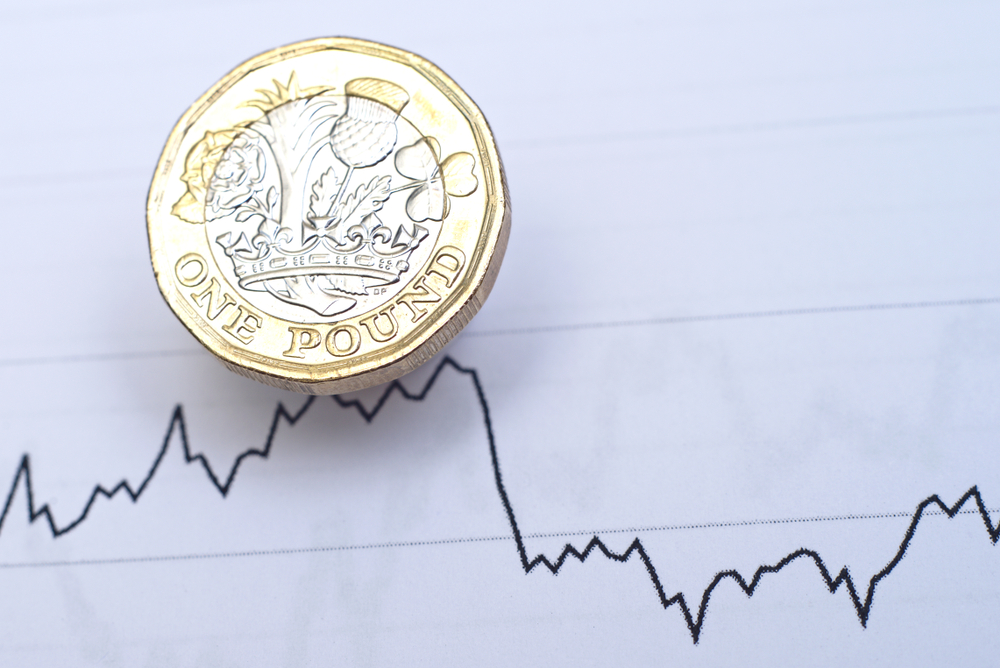
Ongoing concerns over whether or not it will be feasible for the United Kingdom to negotiate a smooth exit from the European Union caused the pound to dip in value on Monday and into Tuesday.
It is understood that there is little appetite in Europe to continuing negotiating with Britain.
Irish Prime Minister, Leo Varadkar, is understood to be unwilling to do so, and he is believed to have the backing of Europe’s two most powerful heads of government – France’s Emmanuel Macron, and Germany’s Angela Merkel.
This came despite efforts by Britain to change the nature of the proposed Irish backstop – although that did not seem to cause much difference.
The events on Monday and into Tuesday appeared, at least in the eyes of some, to raise the chances of a no-deal Brexit occurring.
This position was enhanced by media reports at the start of the week which claimed that Britain is expecting to end negotiations this week – suggesting that no deal may be more likely.
The pound was down in its pair with the US dollar and was seen at $1.2276 at one stage.
It had also been seen earlier in the day at $1.2260.
In its pair with the single European currency, the decline was of a third of a percentage point.
It was seen at 89.55 at one stage in its pair with this currency.
This marked its worst performance in almost a month.
Elsewhere around the world, it was also a bad day for the US dollar.
The dollar index, which monitors how the currency is performing in relation to its major rivals around the world, was down by 0.1% and reached 98.91 at one stage.
This was partly due to worries about whether or not the trade talks between the US and China, which kicked off on Monday, would yield any results.
It was also down to nerves around a speech from Jerome Powell, the chair of the Federal Reserve.
This speech is expected to come later on Tuesday and could well touch on some of the negative data releases which beset the US last week.
The currencies which seemed to do best during trading early on Tuesday were the Antipodean ones.
According to analysts, this was due in part to traders looking for somewhere else to immediately invest as they took their cash out of the US dollar.
The New Zealand dollar in particular performed well, as did its nearby neighbour the Australian dollar.
However, there were concerns that this particular rise could be short-lived due to the exposure that these two currencies have to worldwide trading fortunes.
If it becomes clear that there is no immediate end on the horizon in the trade war, this good fortune is expected to plummet.
The Chinese yuan was back in business on Tuesday.
Low trading volumes had been seen for a number of days due to the one-week holiday for the National Day celebrations.
In both its offshore and onshore versions, the yuan saw a distinct strengthening of its position.
 Between 74-89% of CFD traders lose
Between 74-89% of CFD traders lose  Your capital is at risk
Your capital is at risk  Your capital is at risk
Your capital is at risk  Your capital is at risk
Your capital is at risk